Carrying Angle

If you have ever had elbow discomfort during or after practicing yoga, take a moment to check the carrying angle of your elbow. To find your carrying angle, extend your arms by your sides with palms facing forwards and externally rotate your arms. Looking in a mirror, you will notice that the forearms and hands naturally diverge from the side body. That slant is the carrying angle of the elbow, and it creates space for the forearms to clear the hips when swinging the arms. Normally the forearm and hand are 5 to 15° away from the body. Women and smaller people tend to have bigger carrying angles. If your carrying angle is greater than 15°, it is termed Cubitus valgus.
What causes Cubitus valgus? Biology, trauma, or hypermobility are the roots. Can you practice yoga if you have an excessive carrying angle? Absolutely! A few slight modifications will help you find stability and avoid discomfort. When extending the arms in Child’s Pose and Down Dog, place your hands slightly wider than your shoulders and experiment turning the finger out slightly while externally rotating the arms. When lowering down to your stomach or doing Chaturanga, allow the elbows to splay slightly away from the side body. At home or at work, consider an ergonomic keyboard. If you suspect you have an excess carrying angle, don’t worry. Try these simple modification and enjoy your next yoga class.


Connect with us